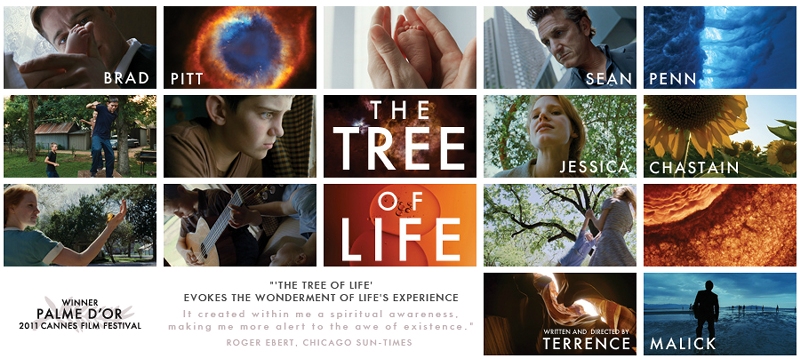
I watched this movie today (I guess I make a special case, going from writing about Ultraman to this). I was expecting something dense and complexly layered, instead I saw a surprisingly simple movie. Beside the (legitimate and laudable) pretentiousness of these “artistic” movies there’s nothing that it’s cryptic or hard to figure out here. What it wants to say is clear and straightforward, easily interpreted by everyone, as long one doesn’t fall asleep and lets the movie lead and set the flow. It’s a movie that rewards a humble, trusting approach.
Long movie, two hours and half, without a linear narrative or even a traditional use of language. That’s why it can still be a challenge to watch. The scenes are disconnected, like a collection of pictures, a life’s album, linked together by their symbolic theme. But this association proceeds linearly, so easy to grasp. Everything that doesn’t belong to its meaning is taken out of the picture, so one isn’t misdirected toward details and detours. It tells the story of a family, seen always in retrospection. It gave me a similar feel of the last episode of LOST, in particular that final serenity and tranquility while looking back at the dramatic scenes that precede and alternate with those inside the church. Also in this movie every small slice of life scene alternates with pictures and music of “the birth and death of the universe”, from cells to galaxies. Think of the flippant, hallucinated finale of 2001: A Space Odissey, and stretch it along a whole movie. A story of a family that alternates with sequences with dinosaurs made in CG. It makes it work, and makes very simple to understand why these sequences are present and what they want to represent. A movie filled with clarity in spite of this attempt to “embrace” everything. The meaning of life within the entire universe.
It is oddly empty of passions. There are some of these slices of life that show the drama of life, but this drama is seen from a quiet and calm point of view. It tries to underline this duality represented by “the father’s way” and “the mother’s way” (as you can see in official site), but I think the movie itself, maybe Malick himself, is rooted in the Mother’s way. It’s a movie where grace and elegance are the dominating tones.
It’s also a movie unified by compassion. It has been defined as a “prayer” more than a movie, and it is a fitting description. The pieces that narrate the story of the family are not linear. They are memories re-discovered. Often images without dialogue and just a symbolic value. Every object is filled with meaning, like poetry. Words spoken alternate with words whispered, becoming thoughts. Contemporary (to the scene) or contemplative (from a future self, looking back) joined in dialogue. There are three points of view alternating: the mother, the father, and one of the sons (why it’s only one should be obvious). All three looking back at their life, trying to understand, grasping for meaning and sense. Trying to fix those moment, understand what they are/were. Why. How they happened. Three points of view and three voices that look back at their whole life.
It’s filled with compassion because this look back is completely empty of guilt or blame. Guilt and blame are both part of the story as it is natural, but not in the form of judgement. Neither of the three are judged by the other two. But they are also not avoided, they are observed and understood. Forgiven and embraced.
I could say that this is an “epic” movie in every sense. And from what I wrote you could see that it’s very close to what I think Erikson’s series also tried to do. These are kindred works, that fully embrace and fulfill what art can and should be.
They try to find meaning in life both in the most specific and universal way. Eye-openers. Without bias and prejudices. In being what they are they also become prayers. And prayers that have absolutely nothing to do with cults or religious aspects. They are prayers that aren’t intended for a selected group, and that do not leave out anyone.
P.S.
Reading some comments on the forums. See for example this one and make the connection to LOST finale:
I can’t put it into words. Not sure I get the beach scene near the end, except it felt like everyone had died and were meeting eachother in the afterlife, some after a long time, some after a short;
Some other comments collected:
What an extraordinary movie. Such a touching, gorgeous look at, heck, everything. I don’t have much to say right now, maybe later, but ‘The Tree of Life’ shook me to my foundation.
It is an absolute masterpiece, though anyone expecting a “conventional” movie in three acts will be quite shocked, of course. Anyone familiar with Malick should know what to expect.
It felt like going to hear a symphony performed; if you can let it wash over you and its performed well enough, all the meaning and beauty you’re looking for will come welling up from inside, not from someone standing on the stage informing us what the composer wants us to feel.
Even if you get nothing out of the film this way (and no doubt thats the case for some), this is absolutely one of the greatest works in cinematography that I’ve ever seen, and the acting is astonishingly good.
Just came out from seeing Tree of Life, and it was an amazing experience and just flat out breathtaking.
the camera work felt like seeing the world through the eyes of a child. The way the camera moved and interacted with the environment it had such a wondrous gaze, always looking up, curiously watching people and it shows how we learn about life like a child, with a vague understanding of life around us.
This movie is a large portion science/philosophical fiction but it intentionally avoids science, and completely revels in pure subjective visual knowledge.
These aren’t commercial “blurbs”, there are just spontaneous comments from those who watched the movie.
And something from Ebert:
In my mind there has always been this conceptual time travel, in which the universe has been in existence for untold aeons, and then a speck appeared that was Earth, and on that speck evolved life, and among those specks of life were you and me. In the span of the universe, we inhabit an unimaginably small space and time, and yet we think we are so important. It is restful sometimes to pull back and change the scale, to be grateful that we have minds that can begin to understand who we are, and where are in the vastness.
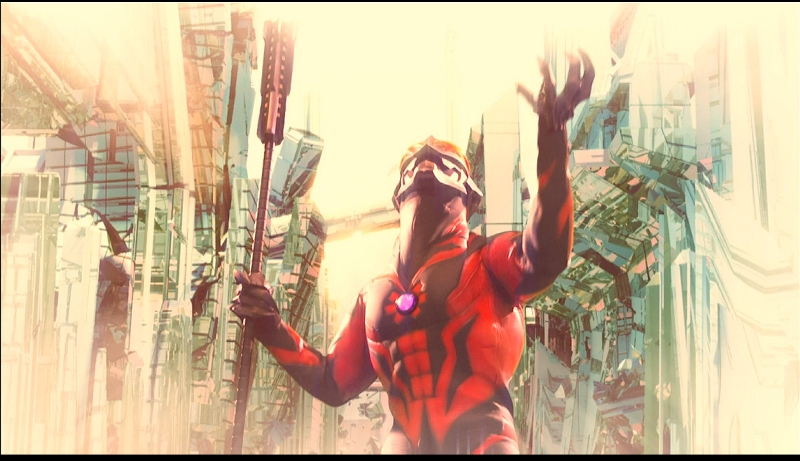
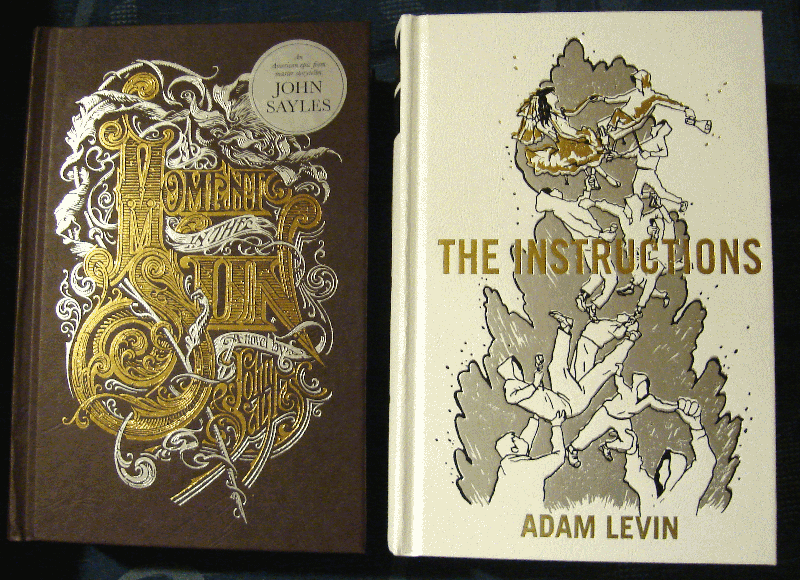
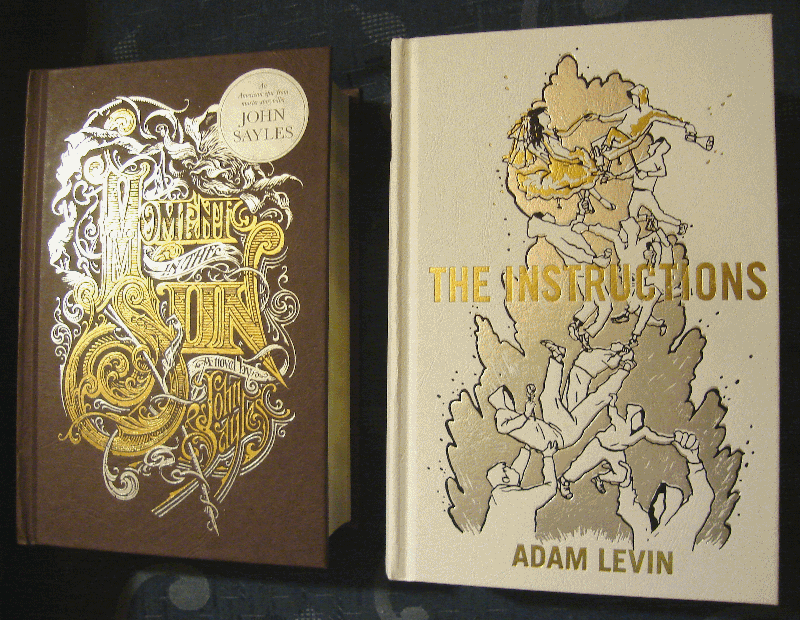
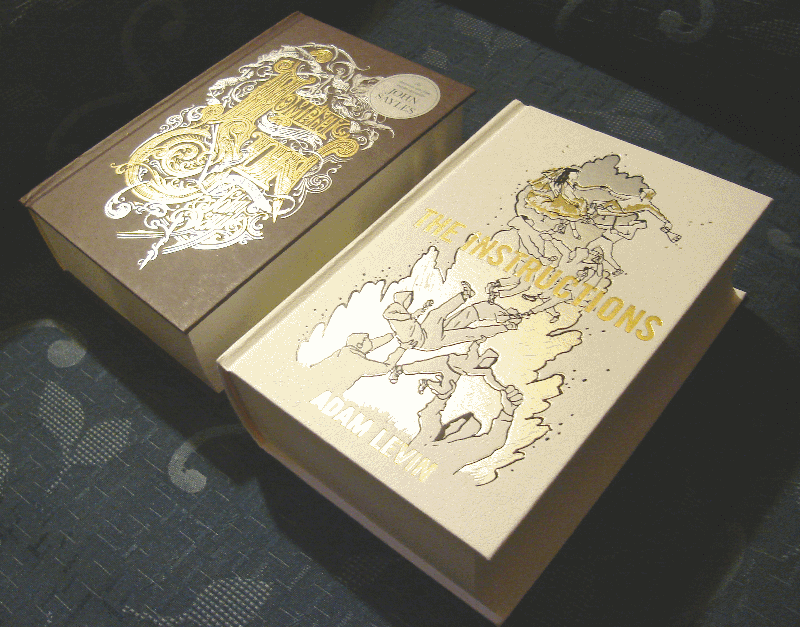
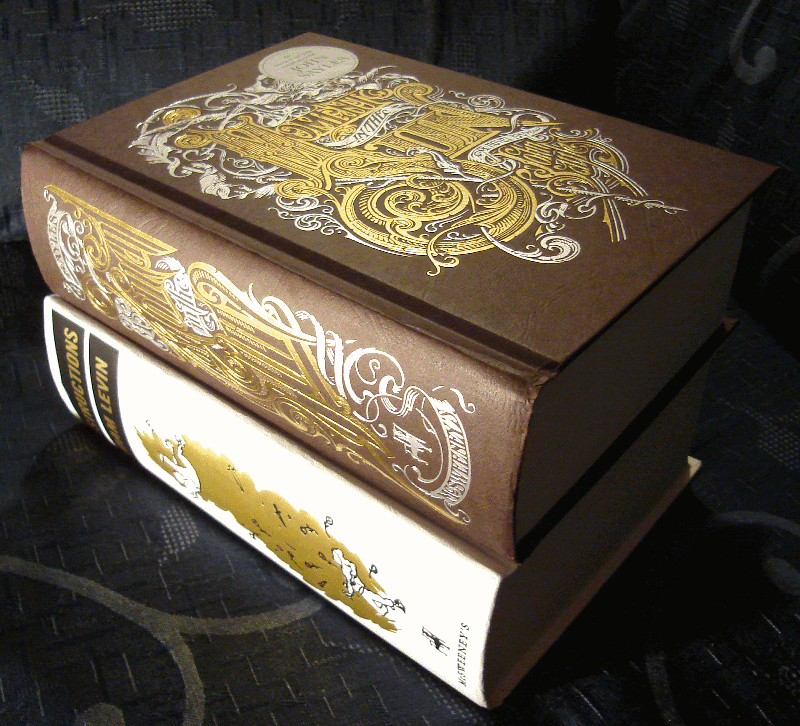
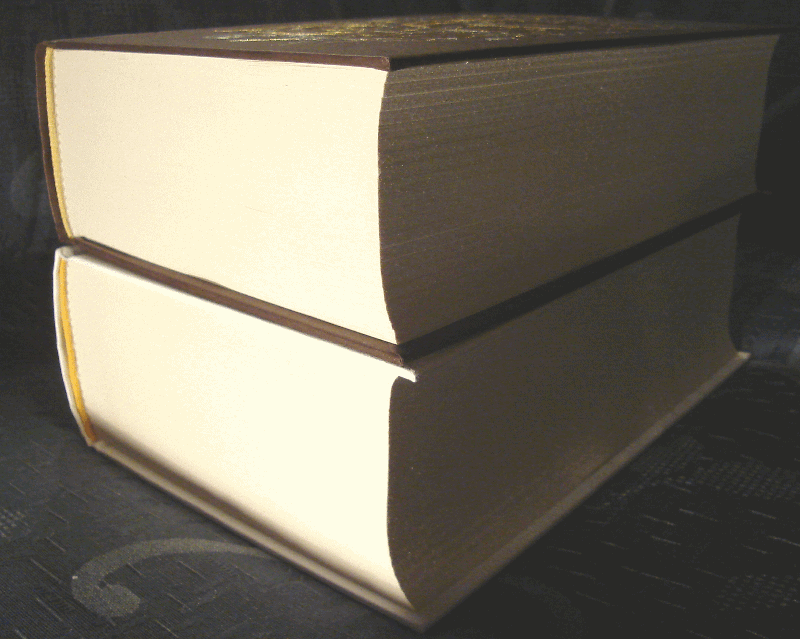
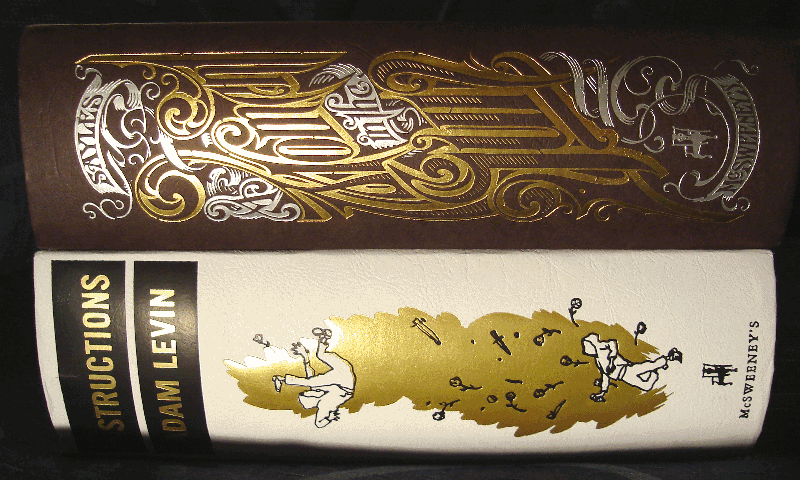
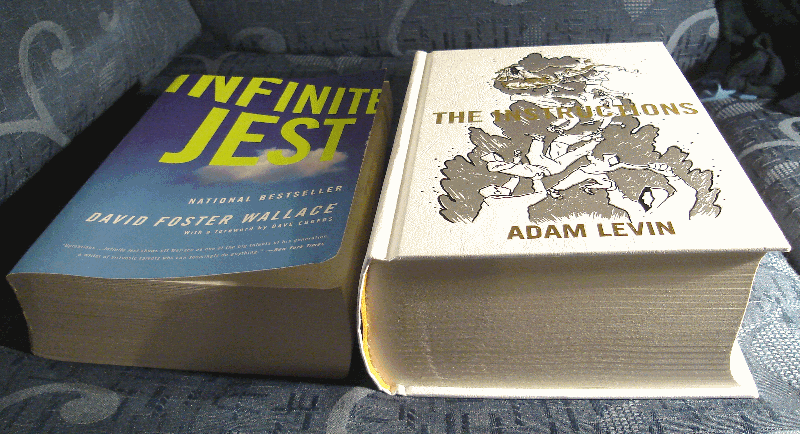
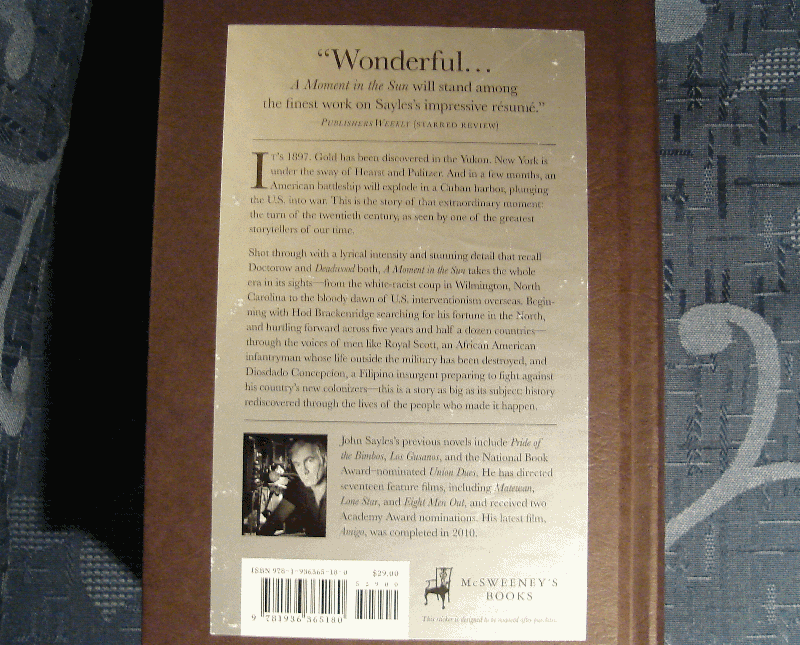
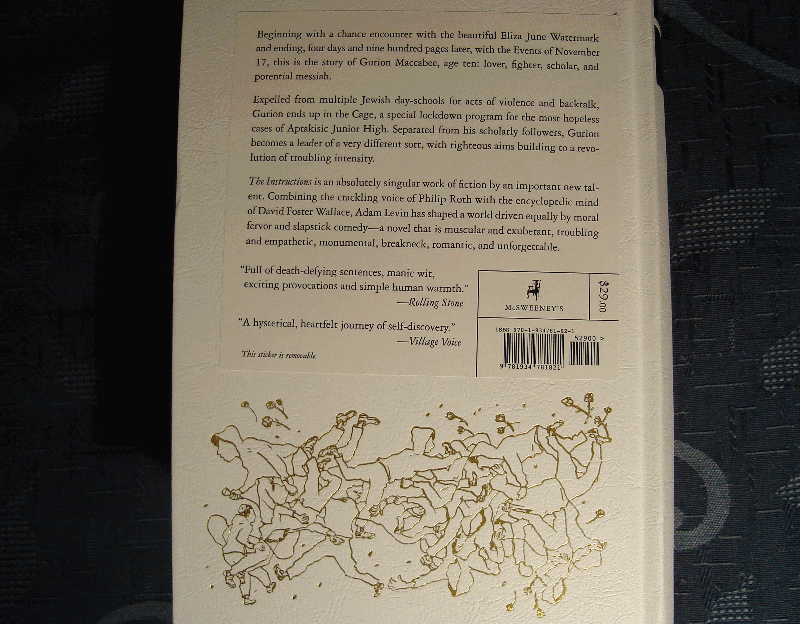
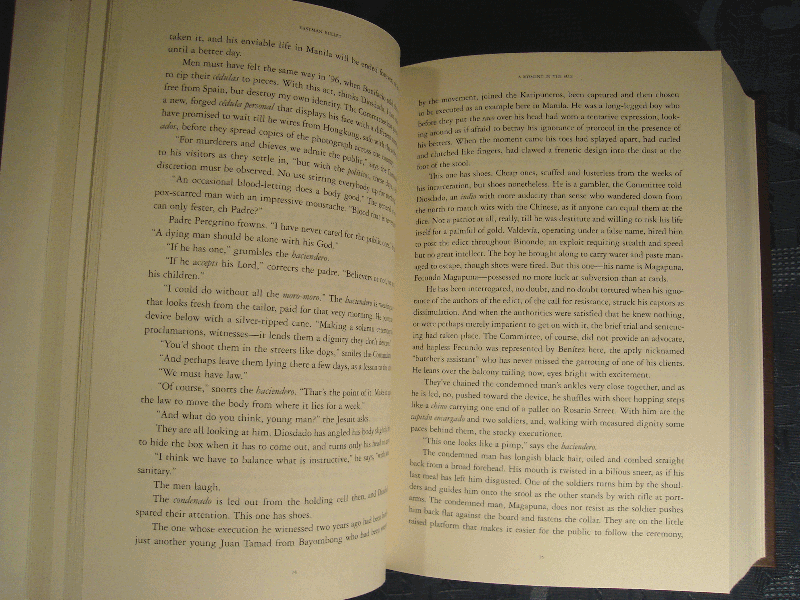
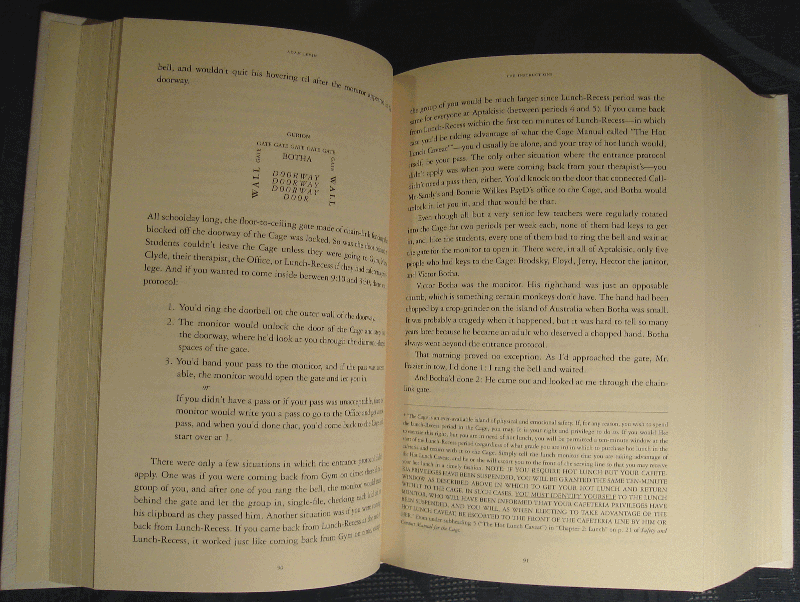
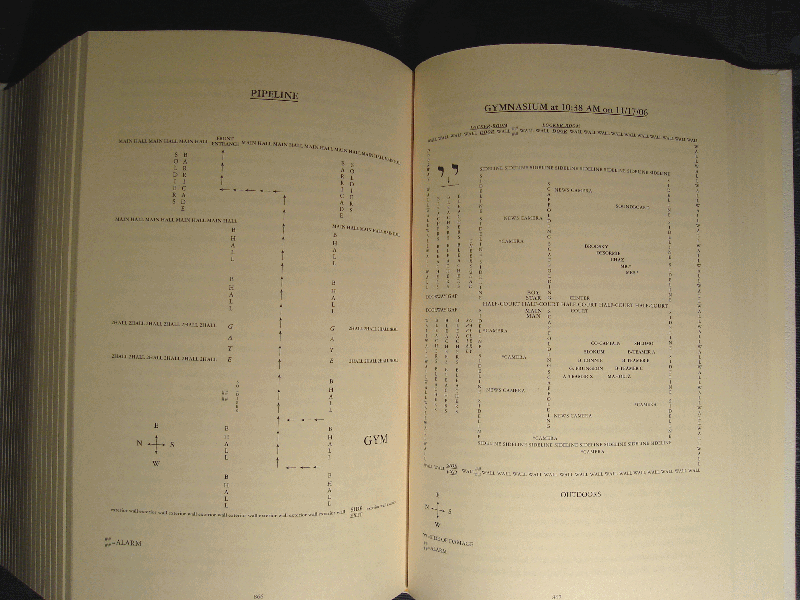
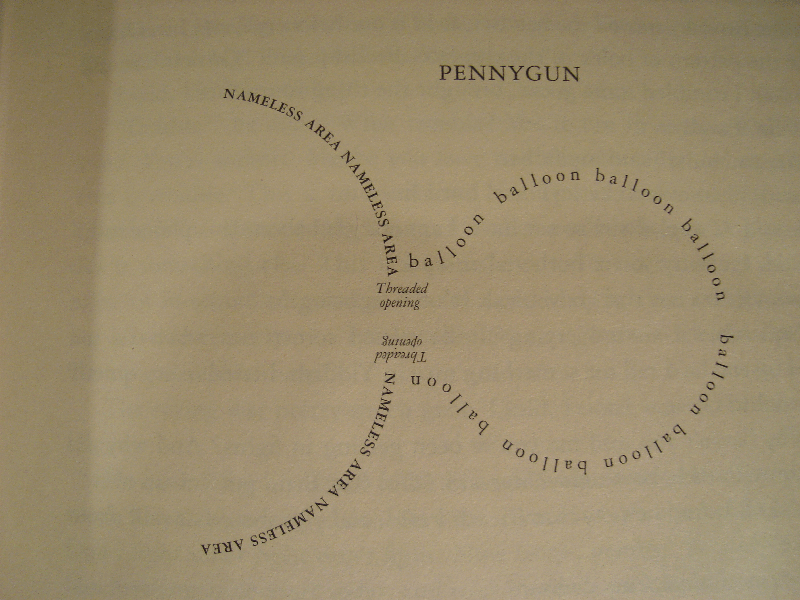
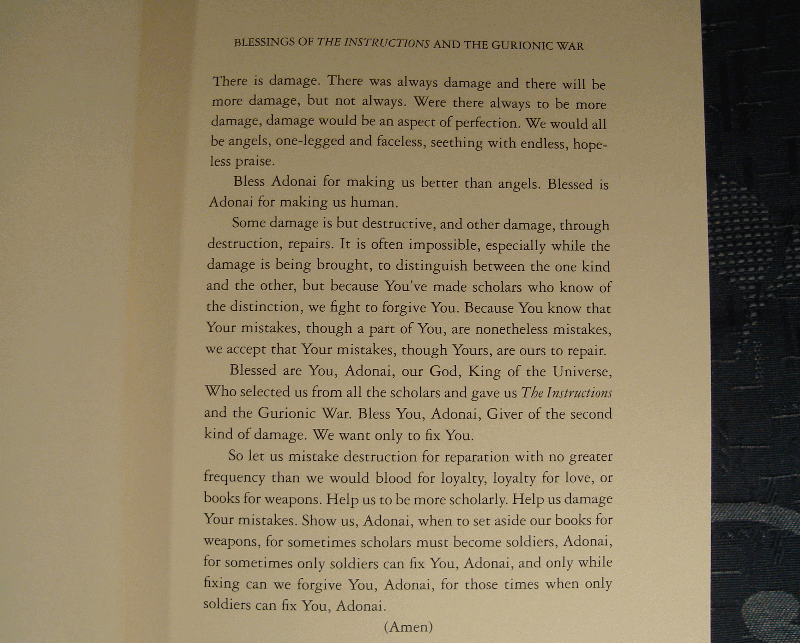
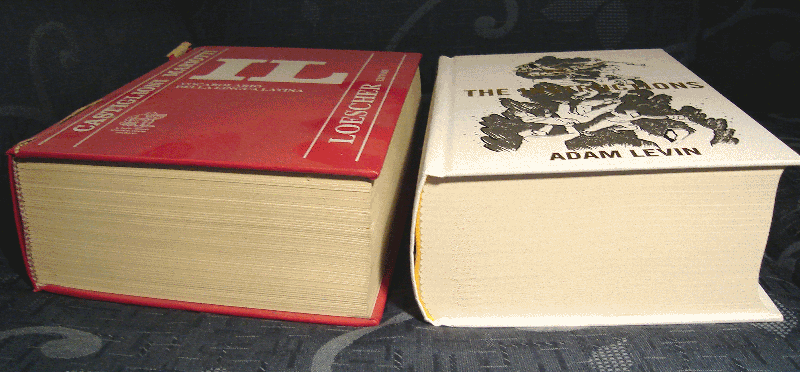
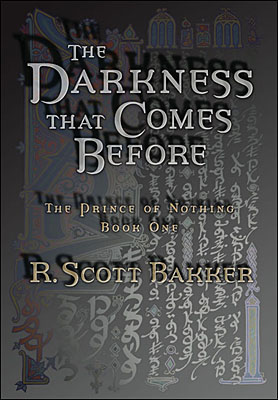 This is a controversial book. One that does not play safe or is written for comfort. It’s a vertical climb, it is ambitious and audacious. Especially, it shrugs off everything that doesn’t belong to these adjectives. After all the recent discussions about nihilism and the lack of strong, edifying moral messages in Fantasy, what’s written in this book ridicules and disregards the simplicity of the framing of those passing judgements. It goes beyond. The fabric of this book is made of “delusions” and “revelations” locked together in a system with no end: a revelation only becomes set-up for a much bigger and crushing delusion. It’s when one thinks of leading that he’s only lead on a leash.
This is a controversial book. One that does not play safe or is written for comfort. It’s a vertical climb, it is ambitious and audacious. Especially, it shrugs off everything that doesn’t belong to these adjectives. After all the recent discussions about nihilism and the lack of strong, edifying moral messages in Fantasy, what’s written in this book ridicules and disregards the simplicity of the framing of those passing judgements. It goes beyond. The fabric of this book is made of “delusions” and “revelations” locked together in a system with no end: a revelation only becomes set-up for a much bigger and crushing delusion. It’s when one thinks of leading that he’s only lead on a leash.